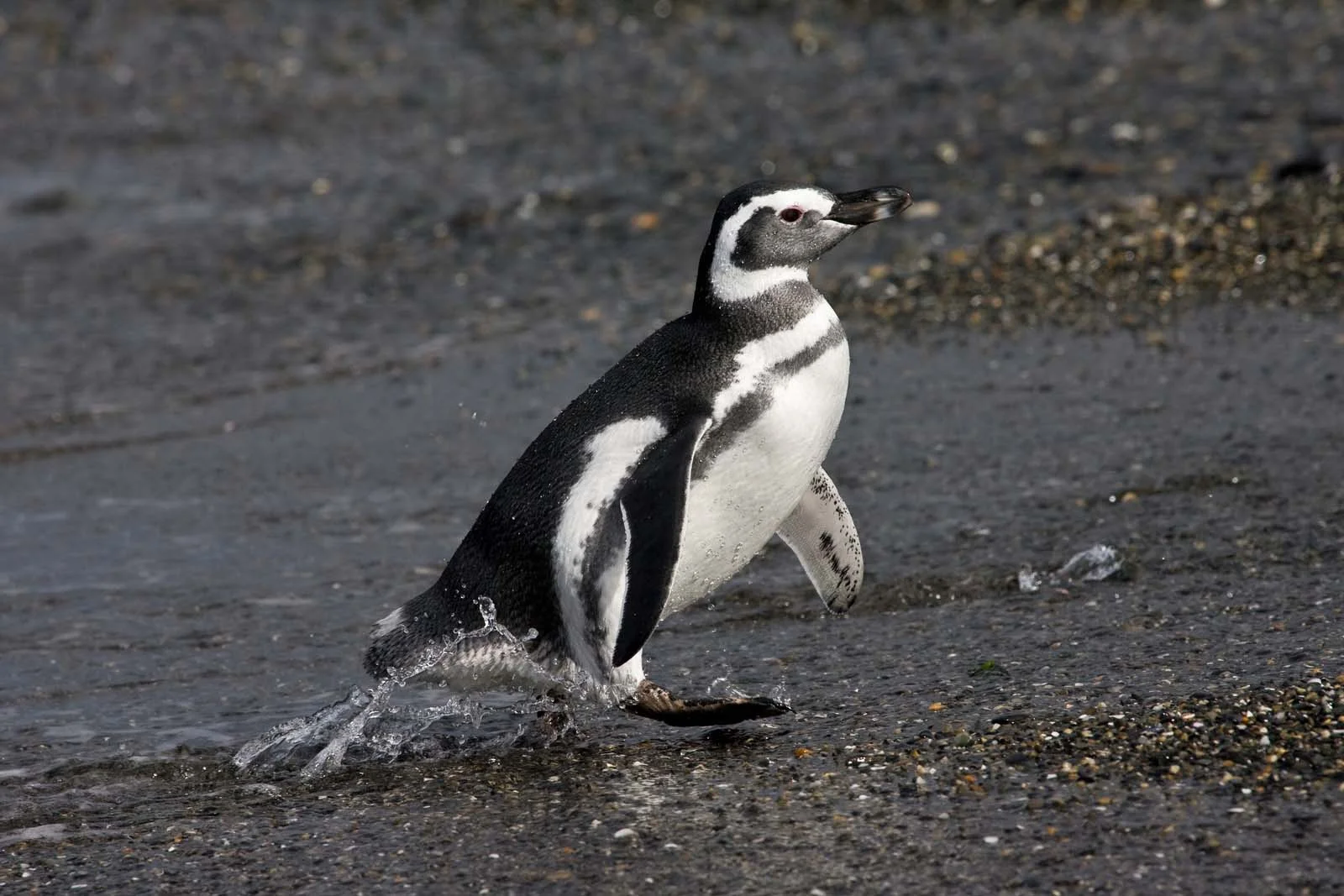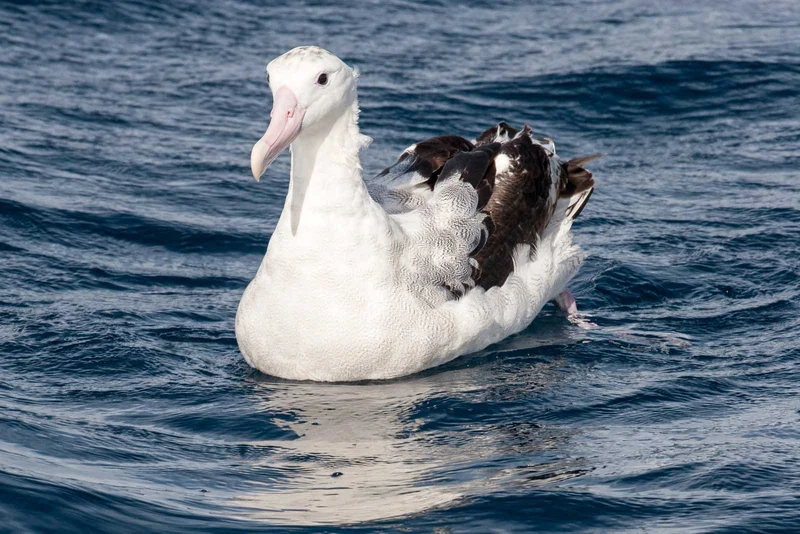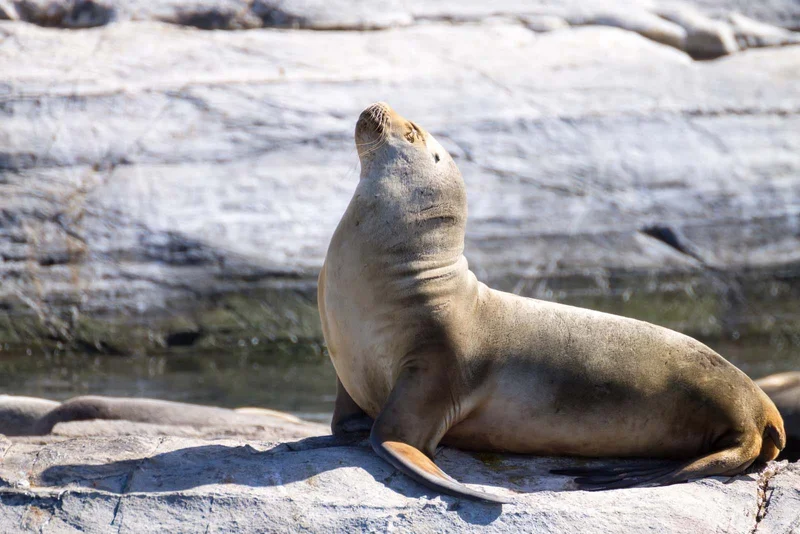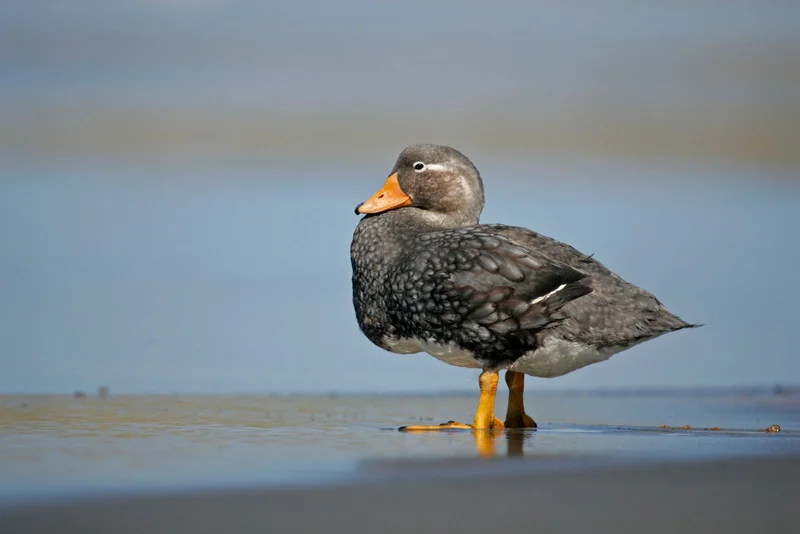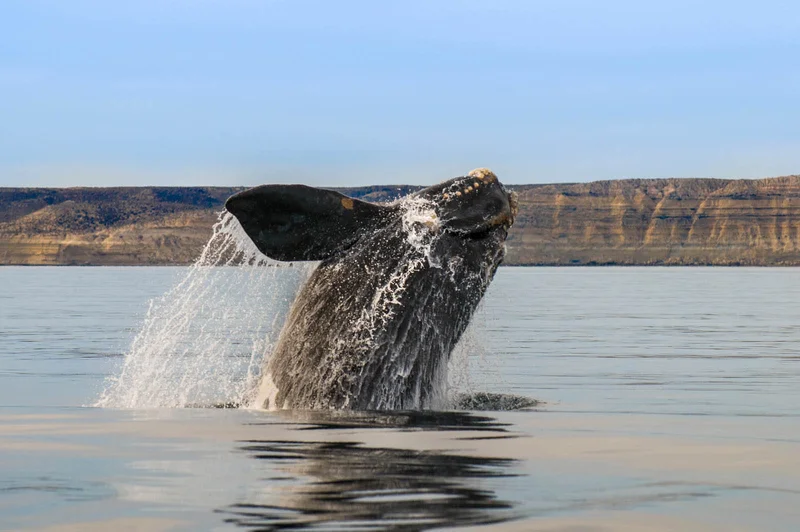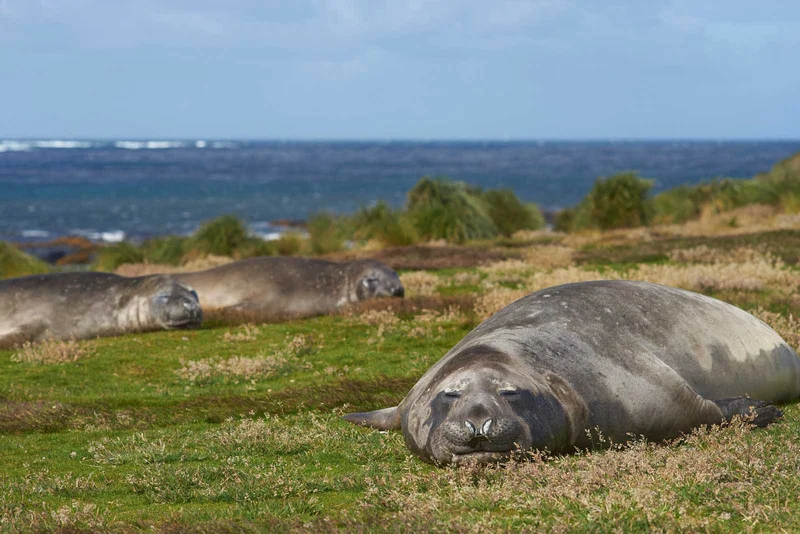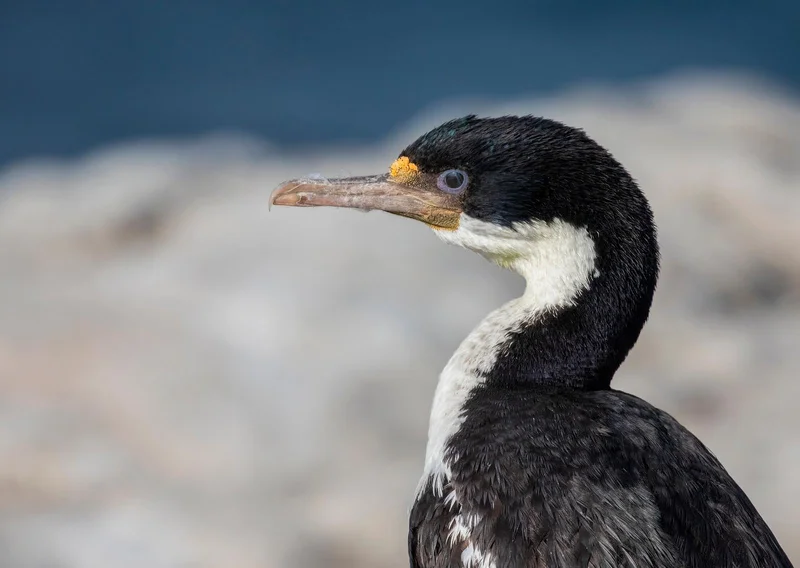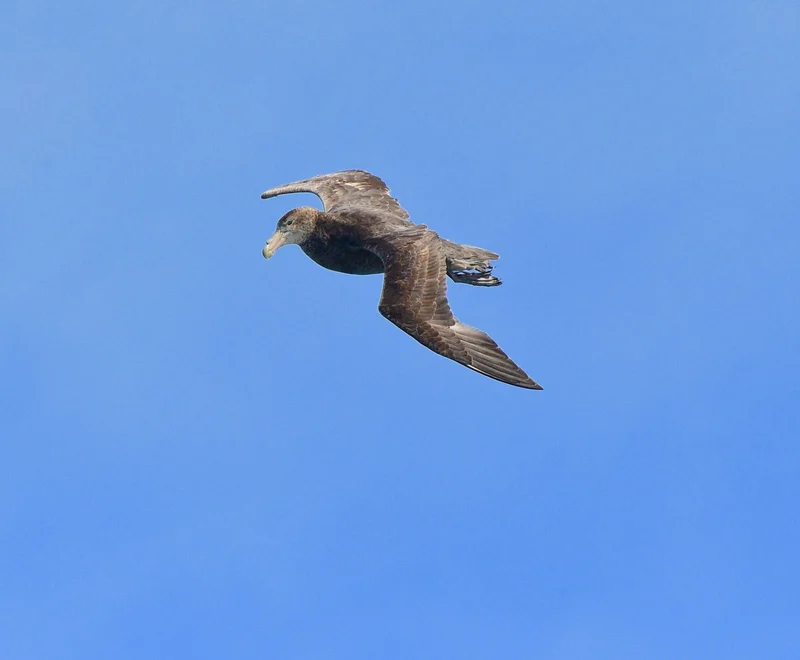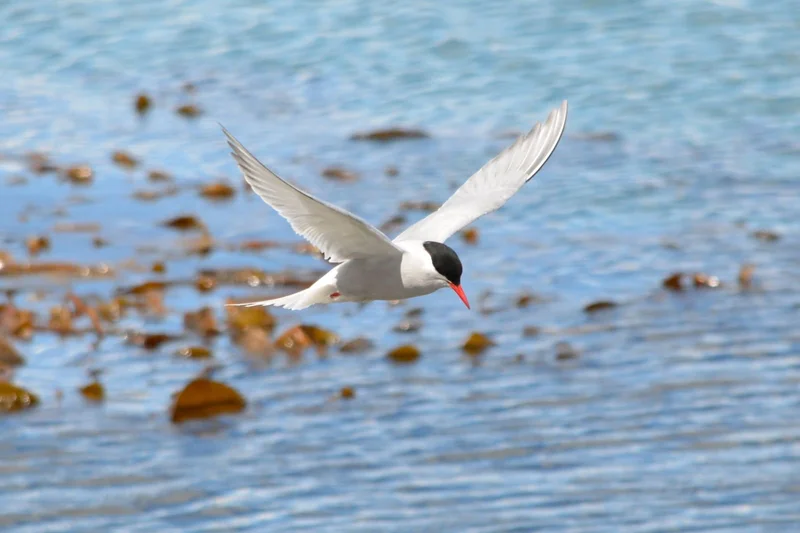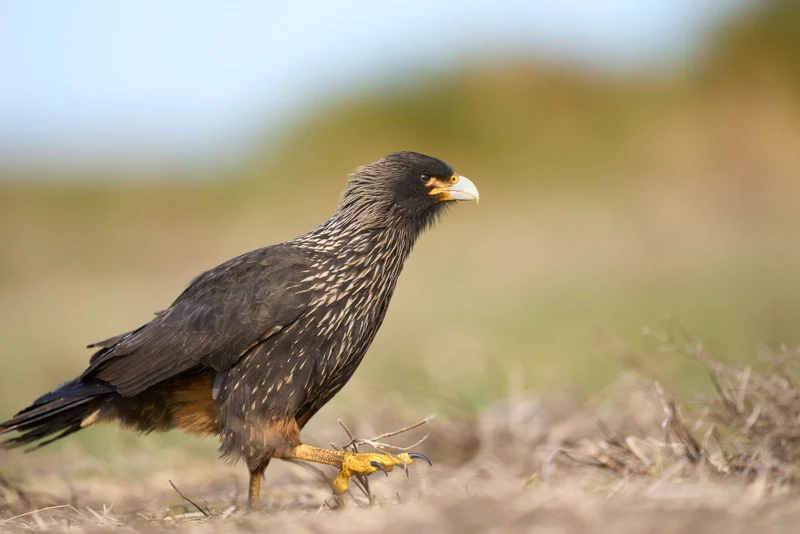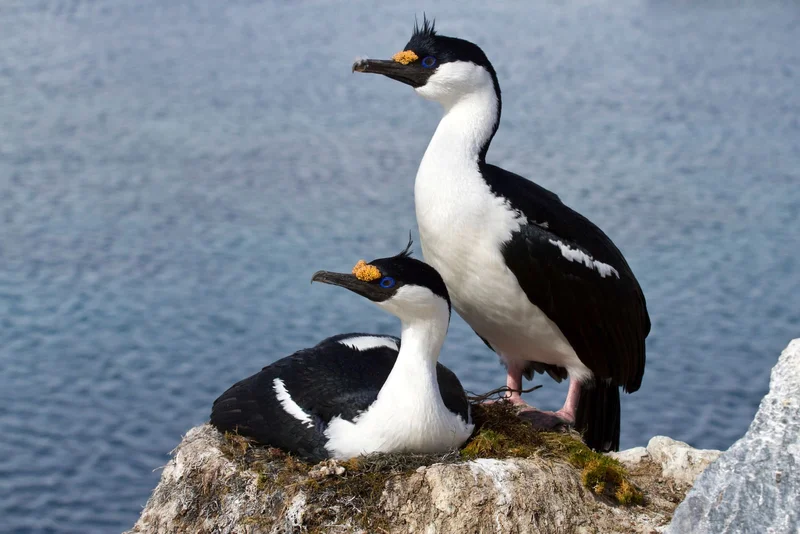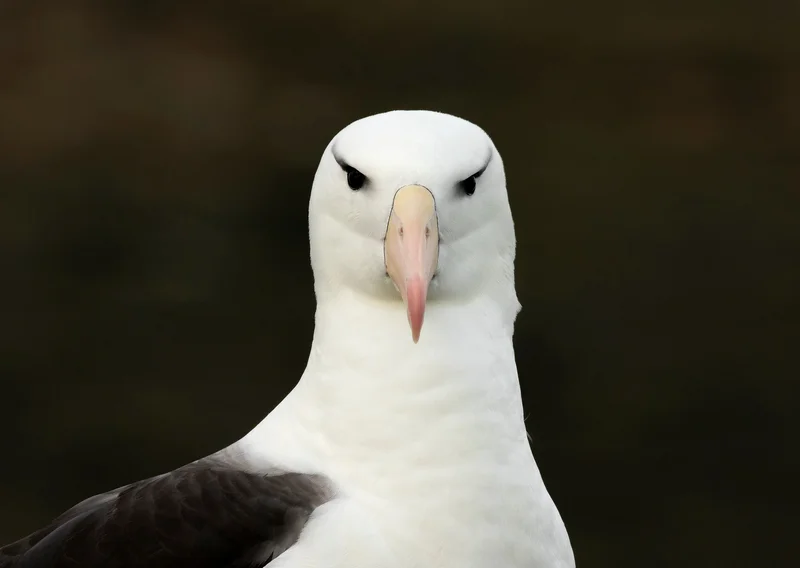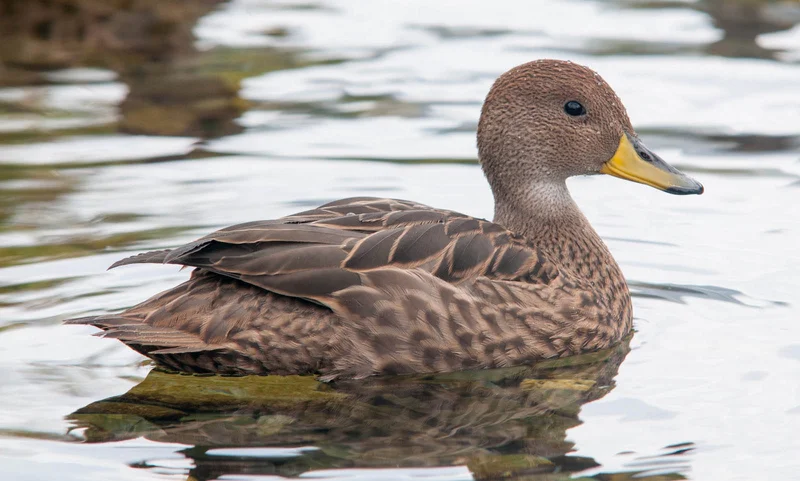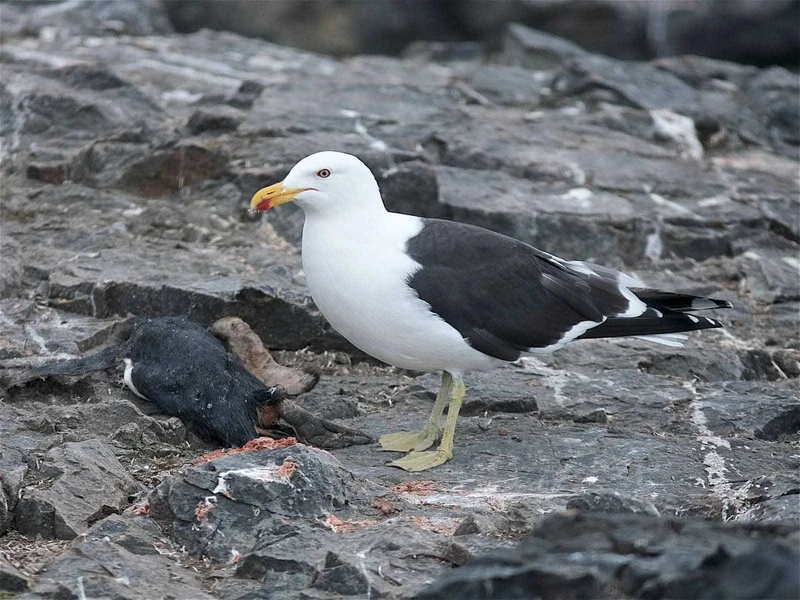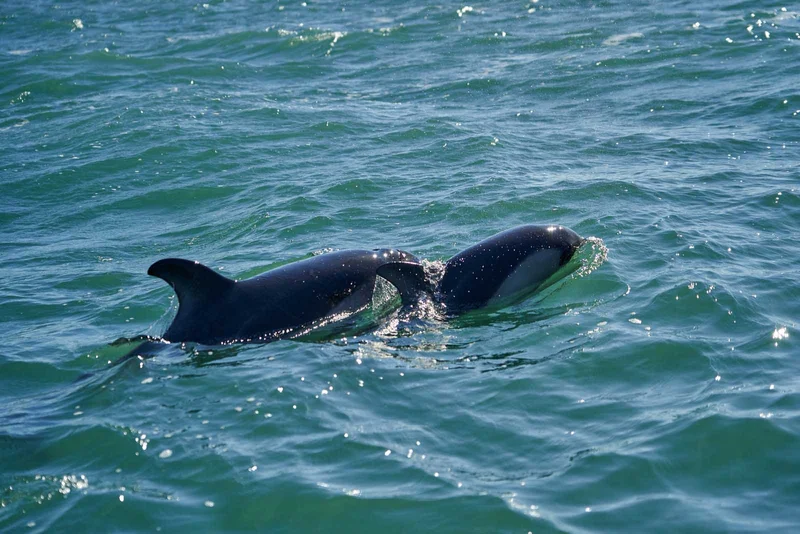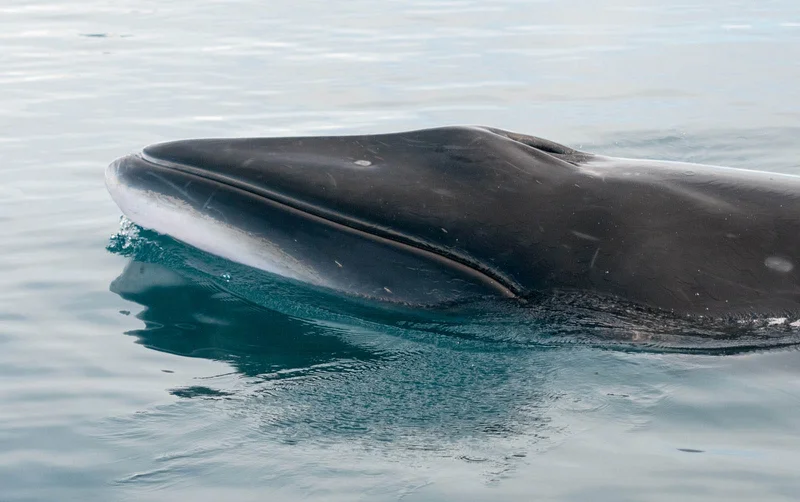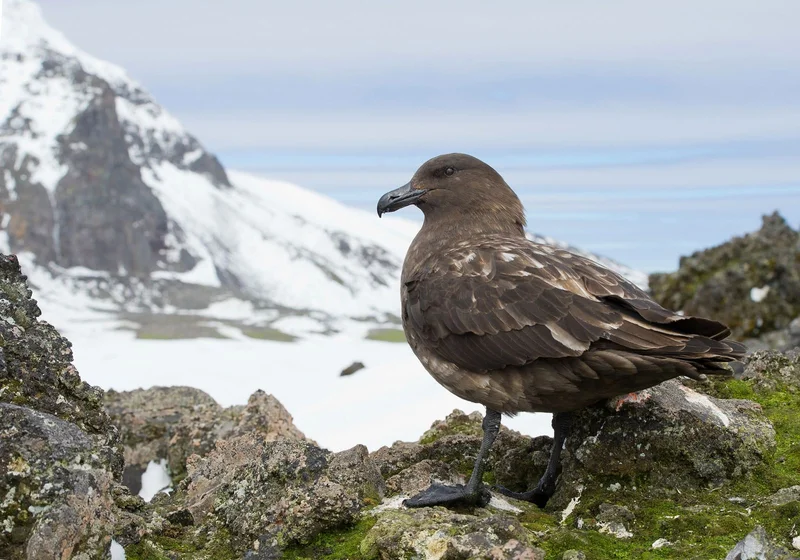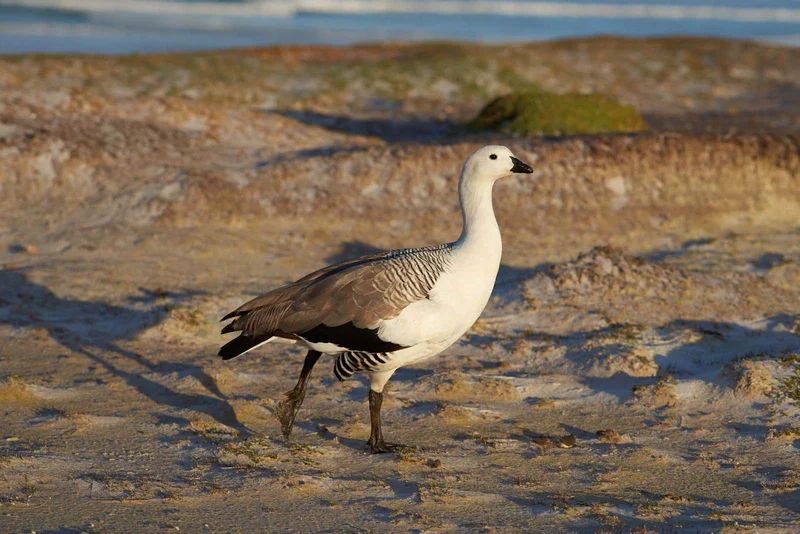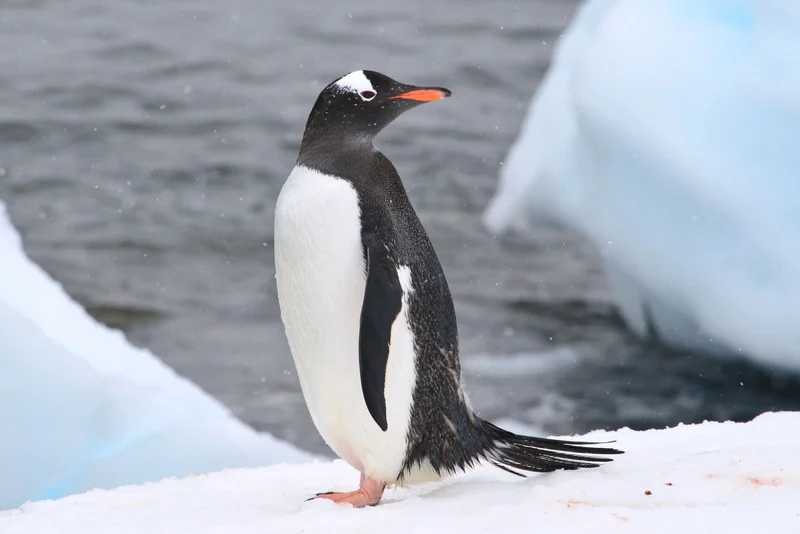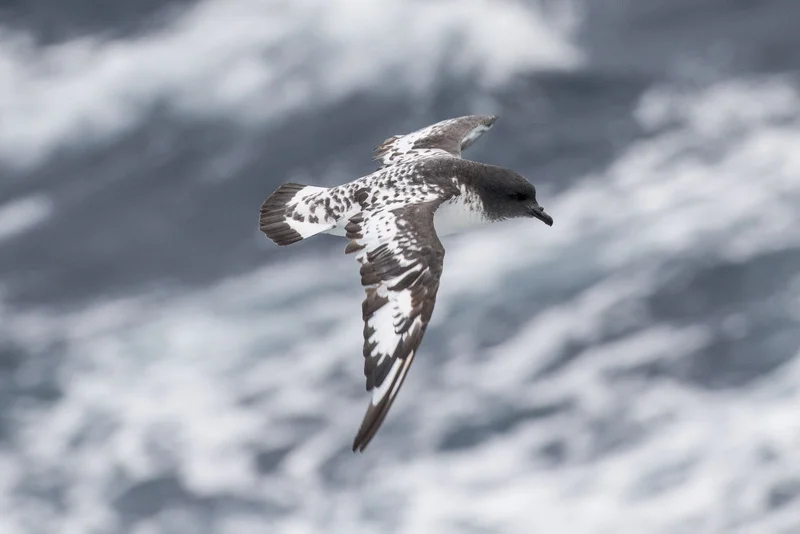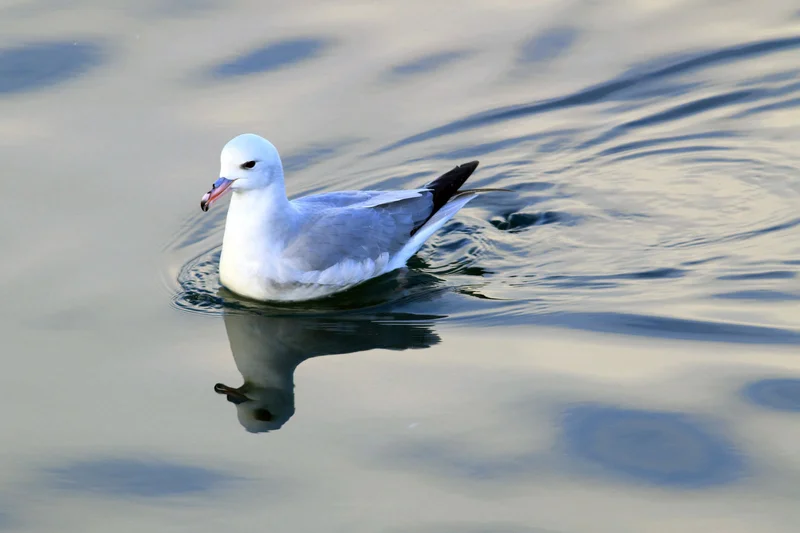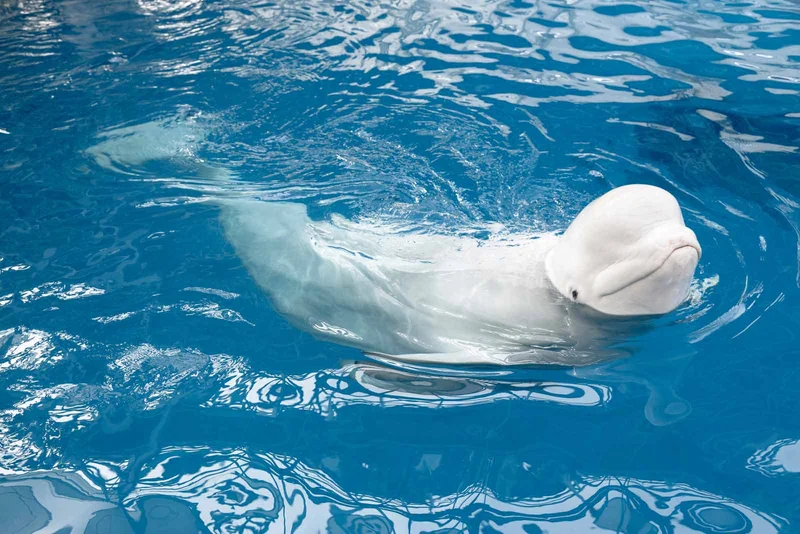Essential Magellanic penguin Information
Magellanic penguins are medium-sized penguins native to the coasts of South America, especially in Argentina, Chile, and the Falkland Islands. Recognized by their black backs and white abdomens, they also feature two distinct black bands across their chest. These penguins are social birds, known for their loud braying calls, and they play an important role in coastal ecosystems.
Nesting and Migration
Magellanic penguins are unique among penguins for their burrow-nesting habits. They dig burrows into sandy or grassy coastal areas, which provide shelter from predators and the elements. These burrows also help them protect their eggs and chicks during the breeding season.
Every year, Magellanic penguins undertake long migrations, traveling thousands of kilometers between their feeding and breeding grounds. They navigate ocean currents to find their destinations, and during these migrations, they spend months at sea.
Conservation Concerns
Magellanic penguins face a range of threats, including habitat loss, oil spills, and the effects of climate change. Overfishing also reduces their food supply, which consists mainly of fish and squid. As a result, conservation efforts focus on protecting their breeding grounds and ensuring sustainable fishing practices to preserve their food sources.
Interesting Facts
- Burrow Nesting: Magellanic penguins are among the few penguin species that dig burrows for nesting, offering protection from predators and harsh weather conditions.
- Long-Distance Migrators: They travel thousands of kilometers annually between breeding and feeding grounds, navigating ocean currents to reach their destinations.
- Conservation Challenges: These penguins face threats from habitat degradation, overfishing, and oil spills, prompting ongoing conservation efforts.
